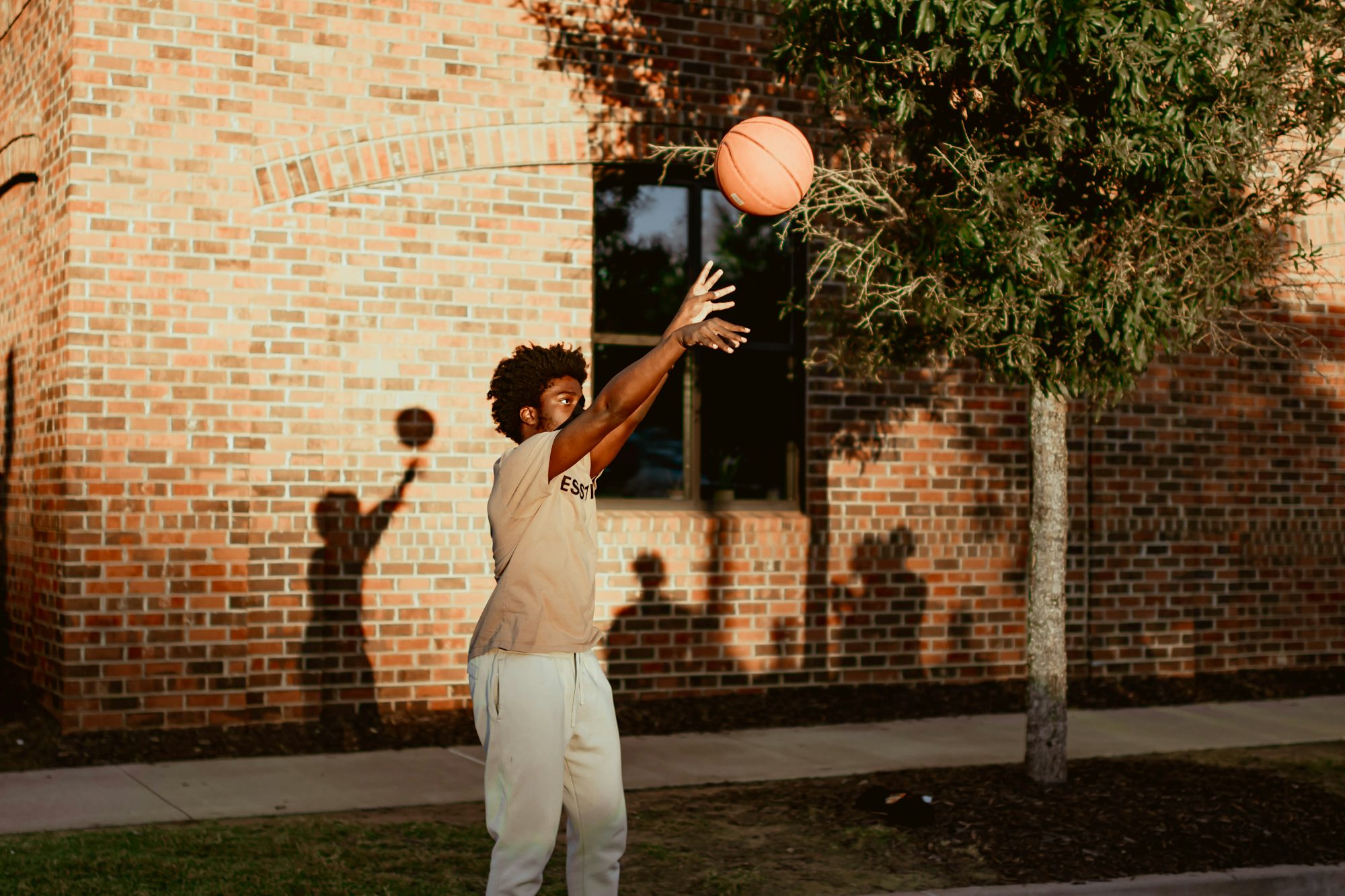
The Art of Basketball: Exploring Skills, Techniques, and Strategies
This article delves into the essential skills and techniques of basketball, examining how players can develop their game and the strategies that define success on the court. asfinag vignetteAt the heart of basketball lies a set of essential skills that every player must develop. The first and perhaps most critical skill is shooting. A proficient shooter can change the outcome of a game. Shooting involves more than just aim; it requires proper technique, balance, and rhythm. Players often practice various types of shots, including jump shots, layups, and three-pointers. Mastering these shots allows players to be versatile on the court, giving them multiple scoring options depending on the situation.
Dribbling is another cornerstone of basketball skills. Effective dribbling enables players to navigate through defenses and create scoring opportunities. Players must learn to control the ball using both hands and be aware of their surroundings. Different dribbling techniques, such as crossover dribbles and behind-the-back moves, can help players shake off defenders and open up passing lanes. Regular practice and drills focusing on speed, control, and agility can significantly enhance a player’s dribbling skills.
Passing is equally vital, as it facilitates teamwork and ball movement. A well-timed pass can lead to an open shot or a fast break opportunity. Players should master various passing techniques, including chest passes, bounce passes, and overhead passes. Understanding when to pass and to whom is crucial for maintaining ball flow and creating scoring chances. Effective communication with teammates further enhances passing accuracy, ensuring that everyone is on the same page.
Rebounding is often overlooked but is essential for gaining possession of the ball. It involves both offensive and defensive strategies. Players must anticipate where the ball will land after a shot and position themselves accordingly. Defensive rebounding prevents the opposing team from getting second-chance points, while offensive rebounding allows for additional scoring opportunities. Practicing timing, positioning, and physicality can significantly improve a player’s rebounding ability.
Defense is where many games are won or lost. A strong defensive player can disrupt the opponent’s offense and create turnovers. Fundamental defensive skills include proper stance, footwork, and hand positioning. Players need to stay asfinag vignette low, shuffle their feet, and keep their hands active to contest shots and block passing lanes. Learning how to read the opponent’s movements and anticipating their next move is crucial for effective defense.
Beyond individual skills, basketball is a team sport that relies heavily on strategies and tactics. Coaches develop game plans that maximize their team’s strengths while exploiting the weaknesses of their opponents. One common strategy is the pick-and-roll, which involves a player setting a screen for a teammate handling the ball. This play can create mismatches and open up scoring opportunities. Teams also use isolation plays, where a single player is given space to take on a defender one-on-one, capitalizing on their unique skill set.
Transition play is another critical aspect of basketball strategy. Quick ball movement after a defensive stop can catch the opposing team off guard. Fast breaks, where a team pushes the ball up the court rapidly, can lead to easy scoring opportunities before the defense can set up. Players must be aware of their teammates’ positions and be ready to make quick decisions, either passing the ball or finishing at the rim.
Defensively, teams often employ man-to-man or zone defenses, each with its own strengths and weaknesses. Man-to-man defense assigns each player to guard a specific opponent, fostering accountability and pressure. Zone defense, on the other hand, requires players to guard specific areas on the court, allowing for easier help defense and creating traps. Understanding when to switch defensive strategies can significantly impact a game’s outcome.
As players develop their skills, they also cultivate an understanding of the game’s dynamics. Basketball IQ, or the ability to read the game and make smart decisions, is essential for success. Players should study the game, watch film, and analyze their performances to enhance their understanding of situations that arise during play. This knowledge allows players to anticipate plays, react quickly, and make effective decisions in high-pressure situations.
Moreover, teamwork is the backbone of any successful basketball team. Players must develop chemistry, trust, and communication with one another. Regular practice, team-building exercises, and open dialogue can strengthen these relationships. When players work cohesively, they can execute plays more effectively and adapt to the flow of the game, leading to better performance.
In conclusion, the art of basketball encompasses a diverse range of skills and techniques that every player must master. From shooting and dribbling to passing and defense, each skill contributes to a player’s overall effectiveness on the court. Additionally, understanding strategies, teamwork, and basketball IQ elevates a player’s game and enhances their contribution to the team. As players continually practice and refine their skills, they not only improve their individual performance but also foster a deeper appreciation for the game itself. Ultimately, basketball is a celebration of skill, strategy, and the joy of teamwork.